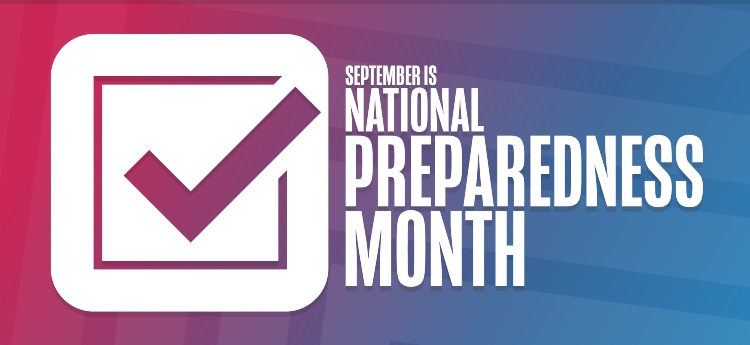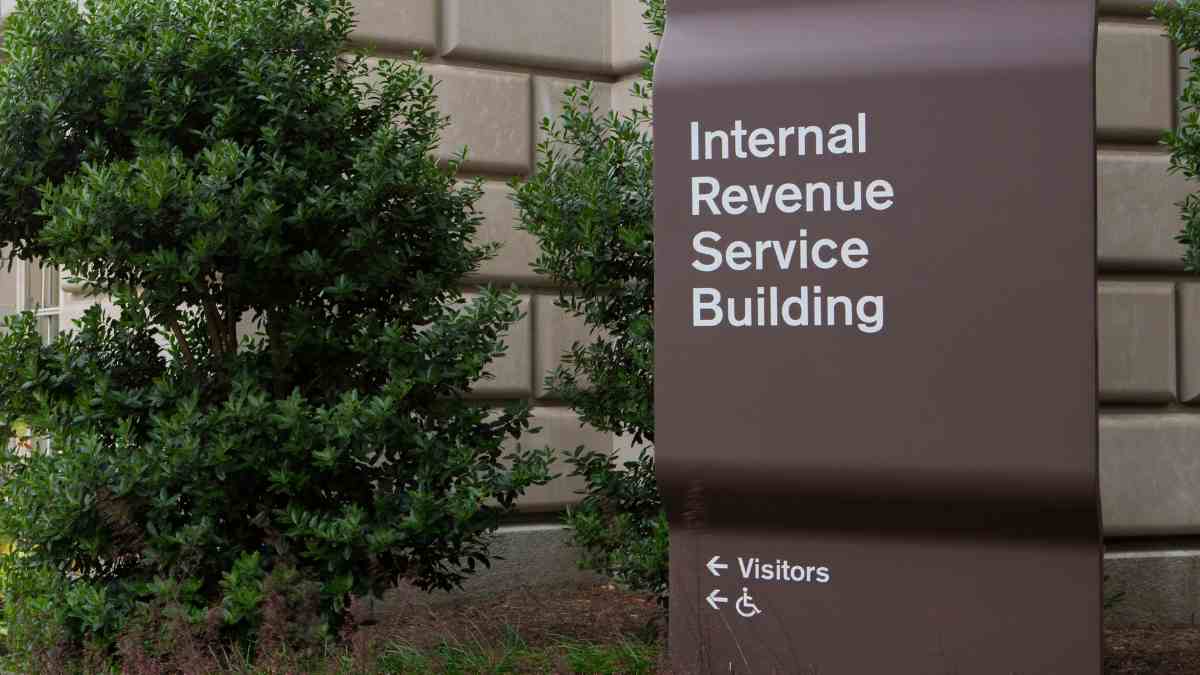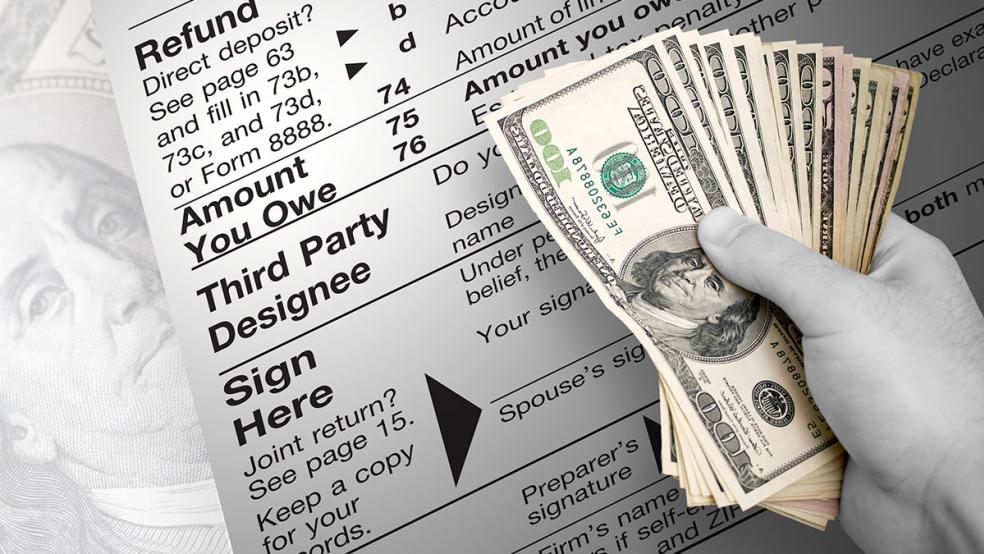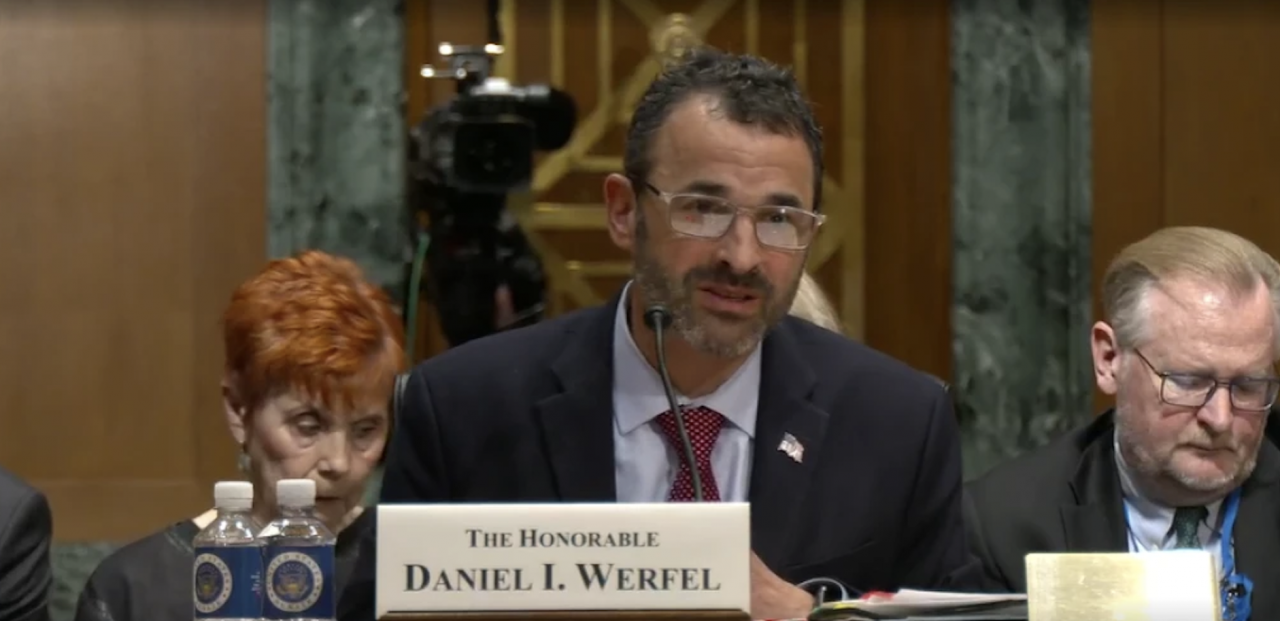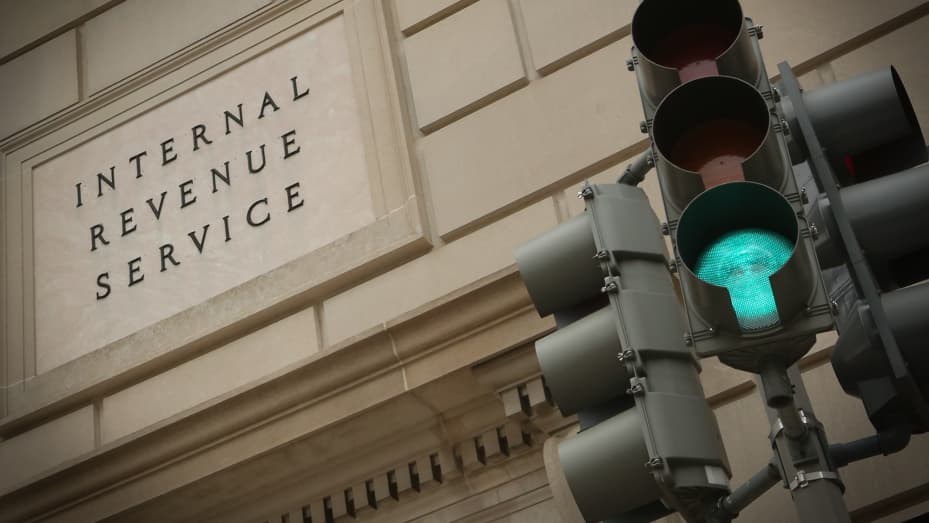With the peak of hurricane season arriving and an elevated wildfire risk across much of the West, the Internal Revenue Service reminds taxpayers to develop an emergency preparedness plan or, if they already have one, to update it for 2024.
September is National Preparedness Month. Taxpayers can begin getting ready for a disaster with a preparedness plan that includes protecting and duplicating essential documents, creating lists of property and knowing where to find information if needed.
In the aftermath of a disaster, having updated documents and other information readily available can help victims apply for the relief available from the IRS and other agencies. Disaster assistance and emergency relief may help taxpayers and businesses recover financially from the impact of a disaster, especially when the federal government declares their location to be a major disaster area.
Protect key documents; make copies
Taxpayers should keep critical original documents inside water and fireproof containers in a safe place. These include tax returns, birth certificates, social security cards, deeds, titles, insurance policies and other important items.
In addition, consider having a relative, friend or other trusted person keep duplicate copies of these documents at a location away from a potentially impacted disaster area.
If original documents are on paper, they should be scanned or photographed into a digital file format and stored in a secure digital location. This can provide added security and portability.
Document valuables
Maintain a detailed inventory of the contents in your property and business. Taxpayers can take photos or videos to record their possessions and should also write down descriptions that include year, make and model numbers where appropriate.
The IRS disaster loss workbooks can help individuals PDF and businesses compile lists PDF of belongings or business equipment. After a disaster hits, this kind of documentation can help support claims for insurance or tax benefits.
Reconstructing records
Reconstructing records after a disaster may be required for tax purposes, getting federal assistance or insurance reimbursement. Most financial institutions can provide statements and documents electronically, an option that can aid the reconstruction process. For tips on reconstructing records, visit the IRS’ Reconstructing records.
Employers should check fiduciary bonds, verify EFTPS account
Employers using payroll service providers should check if their provider has a fiduciary bond in place to protect the employer against a possible provider default.
Most employers already use the Electronic Federal Tax Payment System (EFTPS) to make their federal tax deposits and business tax payments. Because these payments can easily be made either by phone or online, EFTPS offers an especially convenient option when a disaster may displace businesses and their employees. It’s also easy to track tax payments and receive email alerts through EFTPS. Any business that doesn’t have an EFTPS account can create one by visiting EFTPS.gov.
IRS is here, ready to help
Following a federal disaster declaration, the IRS may postpone various tax filing and tax payment deadlines or provide other relief. For a list of localities qualifying for relief and details on relief available, visit the IRS Tax relief in disaster situationswebpage or Around the nation on IRS.gov.
The IRS identifies taxpayers located in the covered disaster area and automatically applies filing and payment relief. This means taxpayers whose IRS address of record is in the disaster area don’t need to contact the IRS to get disaster tax relief.
Many taxpayers living outside the disaster area may also qualify for relief. This includes those assisting with disaster relief and taxpayers whose records necessary to meet a filing or payment deadline postponed during the relief period are located in the disaster area. Eligible individuals and businesses located outside the disaster area can request relief by calling the IRS disaster hotline at 866-562-5227.
In addition, a special rule allows both individuals and businesses to choose to deduct uninsured or unreimbursed disaster losses on either the tax return for the year the disaster occurred or the return for the previous year. For more information, see Publication 547, Casualties, Disasters, and Thefts, available on IRS.gov.
For more information about National Preparedness Month, visit Ready.gov/September.
Source: IRS-2024-229, Sept. 3, 2024

